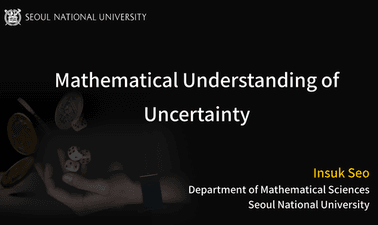WisconsinX: Probability for Actuaries: Introduction to Discrete Distributions
This course covers introductory probability theory that can be applied to risk management. Topics covered include an introductory examination of descriptive statistics of data sets, the interpretation of histograms, and the development and application of discrete probability models commonly used to model business risk.

- Certification
- Certificate of completion
- Duration
- 9 weeks
- Price Value
- $ 309
- Difficulty Level
- Intermediate









